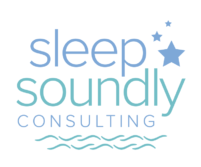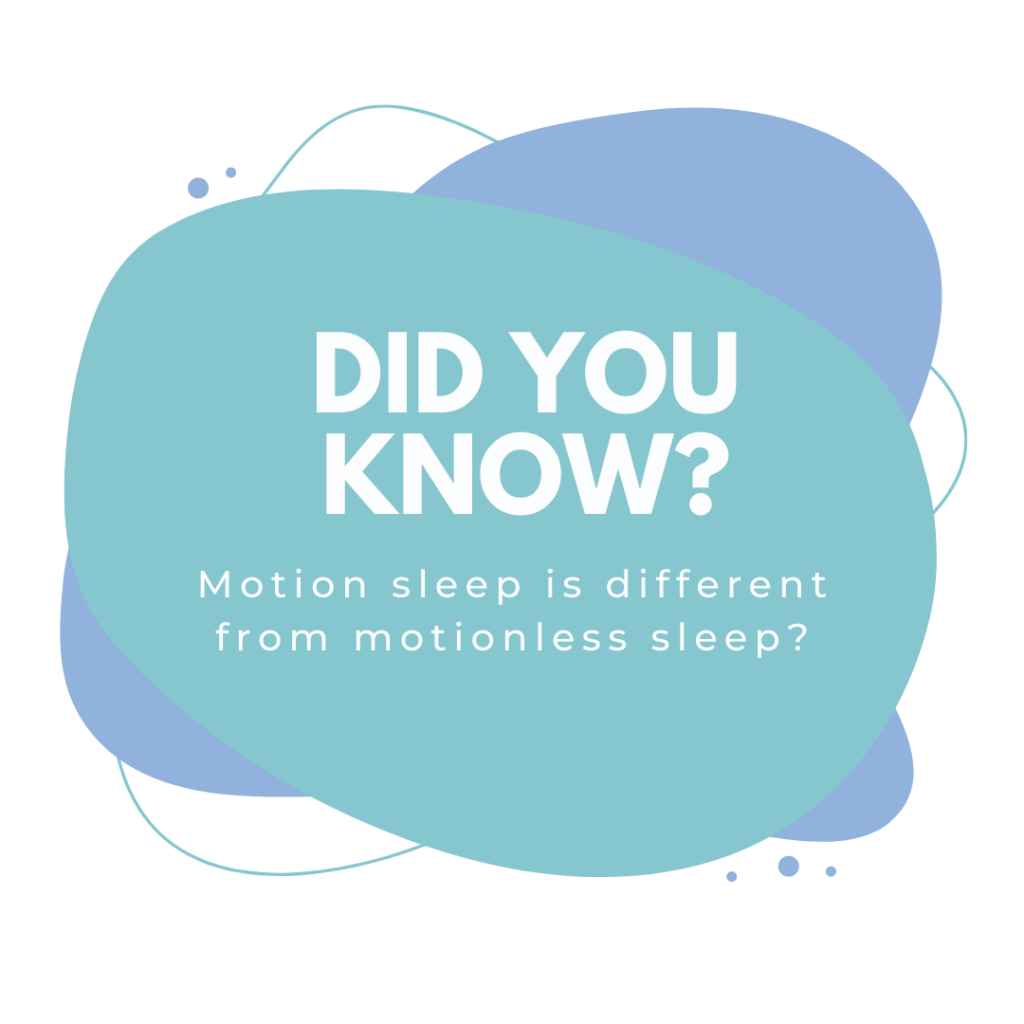I am so glad you asked! There actually is a difference between motion sleep and motionless sleep. Let’s start by defining each type of sleep.
Motion Sleep: When any type of motion, whether it be a walk in a stroller or carrier, a ride in a car, a baby swing, or just being rocked by a caregiver, puts the body to sleep. Even if the movement stops while the person is asleep, it is motion that put them to sleep.
Motionless Sleep: Falling asleep in a stationary environment, with no movement. This includes falling asleep in a crib, bassinet, pack n’ play or bed.
From 0-4 months, it is best to make sure that your baby gets lots of safe sleep. Babies at this age often need support to fall asleep, so motion sleep is a-okay! In addition to soothing mechanisms such as sucking, ssshh’ing, and patting, motion can also work well. From 0-4, using motion (as long as it is safe) to help your baby fall asleep is perfectly fine. Gently rocking in a rocking chair or walking with your baby can help them get sleepy and even fall asleep.
Once your baby is past the 4-month mark, it is important to adjust routines so that your little one falls asleep without the help of motion. After 4 months of age, babies are developmentally ready to learn to self-soothe, so you want to give them the time and space to learn this skill. Self-soothing will help them be able to fall asleep on their own. While the motion might put the body to sleep, it does not allow the body to fall into a deep/restorative sleep. This leads to the body becoming overtired. In contrast, falling asleep independently, without the support of motion, allows the body to fall into a deep sleep and therefore the body gets all the benefits of sleep, such as brain and physical development.
So, not all sleep is created equal. Once your little one is 4 months old, start to transition from motion sleep to motionless sleep so that they get the most restorative sleep.

